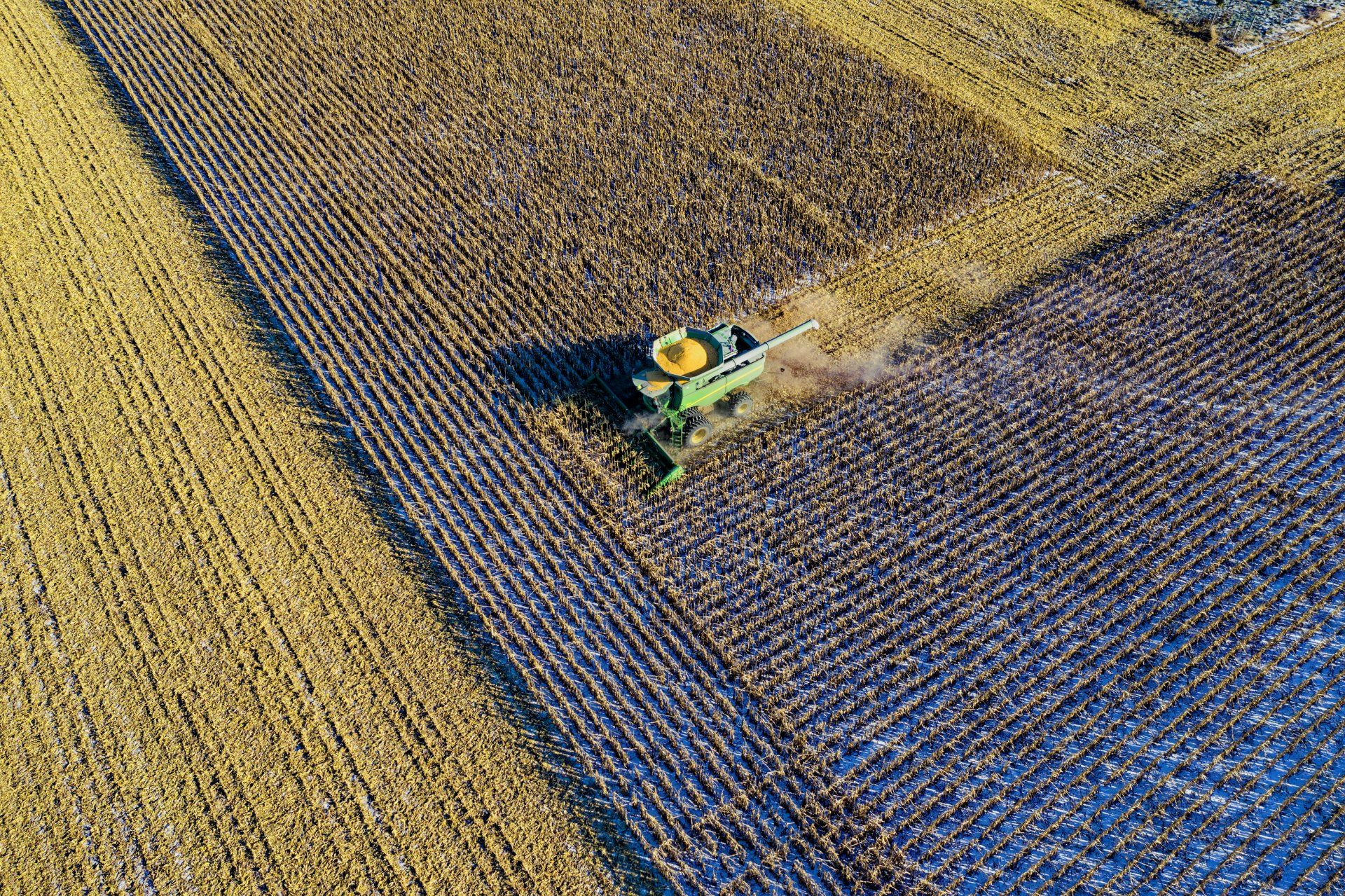AgroInsights- Periods of Influence
Harvest is coming to an end.

Blake Suttton, Sales Agronomist US East
As the end of the year approaches and the holiday season gets closer, harvest is also coming to a close. There are still some acres to be harvested, but a good portion of the crop has been harvested, and growers are bringing this season to a close. Although that means a slower period, it doesn’t always mean that the planning for next season isn’t going full speed. As growers prepare for the next season, there are several things going through their minds, including what has to be done before planting time gets here again.
One topic that I want to focus on and remind growers to keep in mind for the coming season is their crop’s “Periods of Influence.” What this means is that all crops have specific time points during the growing season in which we can make applications of fertility to ensure that the crop has adequate levels of nutrition to make sure they can complete processes as efficiently as possible. These periods of time during the growth season can make a huge difference to the final outcome of the season and also the overall quality and health of the crop. All crops have periods that are important in their life cycle and ultimately lead up to yield and overall productivity. It is our job as growers to make sure that we give the plant everything it needs before and during these times so that it can complete its natural processes and growth to the highest level. Often, we can influence yield and quality by changing the times of application and paying attention to when we make the applications depending on what period of influence is coming in the plant.
In general, all plants have similar periods of influence based on life cycle and can be categorized into four times. Establishment, Early Vegetative, Reproduction, Crop Fill, and Maturity are all periods of influence that we can use to our advantage to make fertility applications and empower the plant. Each of these periods is are very important time period during the crop growth cycle and ultimately sets the stage for yield and production at the end of the season. Not only are we looking to make applications at these times and empower these processes, but the key here is to stay ahead. It is important that we monitor the crop for these time periods so that we can prepare to make fertility applications before the plant goes through these periods. Anytime that the plant is trying to start or go through these processes and periods and it is lacking nutrition, we are losing the capability of the plant to perform at its highest level for the highest possible yield at the end of the season. I like to think of it as filling the car’s tank before going on a trip. Before hitting the road, it is important to make sure the vehicle has fuel to be able to operate, and it needs that fuel before the trip instead of being stuck on the side of the road after the trip starts. Ultimately, monitoring and looking for the signs in our crops that each period is coming is the most important part of making sure we are able to prepare and have things in place to make the appropriate applications ahead of the periods.
While there are many things going on during the off-season and lots of planning is being done, another thing to keep in mind is what applications will be made. Making sure that we are prepared to feed the plant at the times it needs it is important. Staying ahead of the periods of influence and making sure our crops have the nutrition they need before getting ready to go to work is key to the highest yields possible, making the biggest influence on our crops and ensuring success.
For more information contact your local NACHURS sales manager or sales agronomist.












